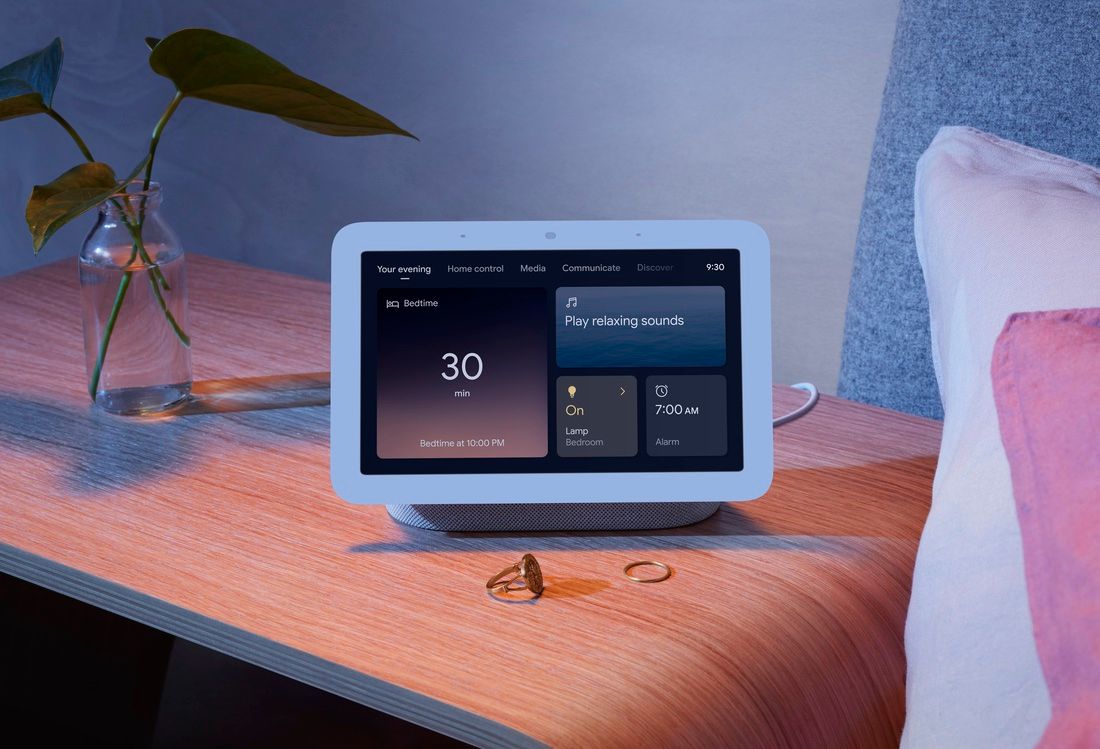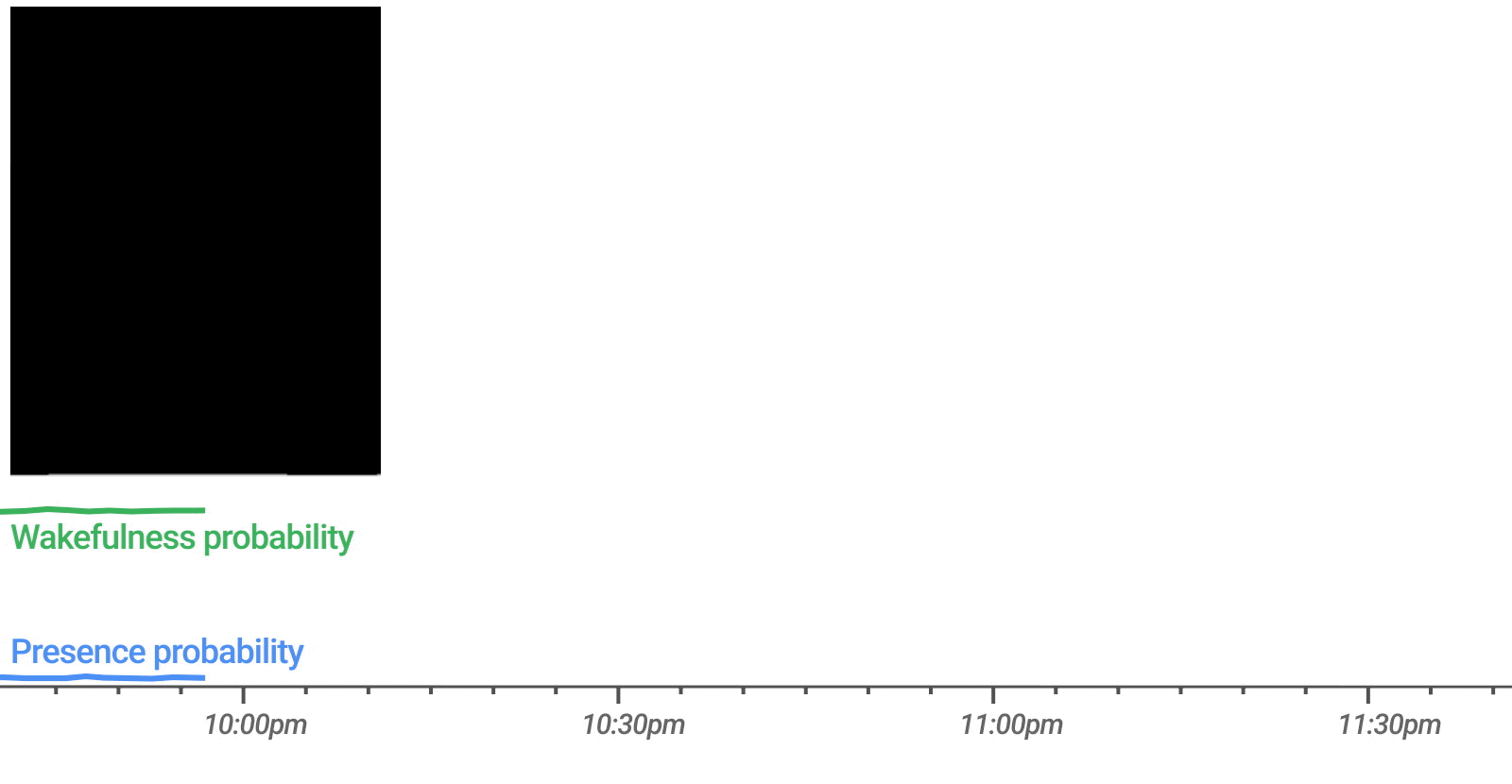Google's got a new smart display, and trust me, it is new. The second-generation Nest Hub looks virtually identical to the original product, launched in 2018 as the Home Hub. This new device still lacks a camera, but it does have a Soli radar sensor for sleep tracking. Yes, the new Google smart display will watch you sleep, but the company stresses that it designed "Sleep Sensing" with privacy in mind. It also costs less than the first-gen display did at launch.
Owners of the OG Hub won't notice any major external changes — there's still a 7-inch display with a middling 600p resolution, a rear-facing fabric-covered speaker, and the device sensors poking through the otherwise uniform bezel. The only real visual difference is the lighter sensor window. Google says the speaker now offers 50% more bass, so I'd wager we're talking about a Home Mini to Nest Mini-style audio upgrade.
You can tap and swipe around to view photos or control smart home devices, and of course, there's support for Google Assistant voice commands. Sleep Sensing is the highlight, though, and something you won't get on any other smart display. According to Google, about 20 percent of first-gen Nest Hubs were placed in bedrooms, and the new Nest Hub can only show its full capabilities when you put it next to your bed. The lack of a camera is actually a selling point here as it ensures a certain degree of privacy. The Hub won't be able to see you, but it still kind of "sees" with radar waves.
The Soli radar module creates a bubble where the Hub can track your breathing and movement overnight. Google says Soli in the Hub is accurate enough to detect the general shape and position of a person, but not specific faces or bodies. Combined with temperature and light levels, the Nest Hub can track your sleep and feed that data into Google Fit. Over time, Sleep Sensing can offer actionable tips to improve your sleep, too. This is similar to what you get with various fitness trackers and smartwatches that have sleep monitoring features, but you never have to worry about forgetting to wear your device to bed.
Google says the raw Soli data (above) never leaves your Hub — machine learning enhancements allow the smart display to do all the processing locally to further preserve your privacy. Soli also supports some basic gestures like holding your hand up to pause media or waving to snooze an alarm. Sleep Sensing will be a free feature at launch, but Google is planning to make it a paid add-on in the future. It hasn't decided how that will work or what it will cost, but the recent acquisition of Fitbit portends a premium health/fitness subscription of some manner. The hardware itself will cost $99 (£89.99), which is less than the original Hub at launch. Pre-orders are live today on the Google Store (in four different colors), and the device will ship on March 30th.
Source: Google


